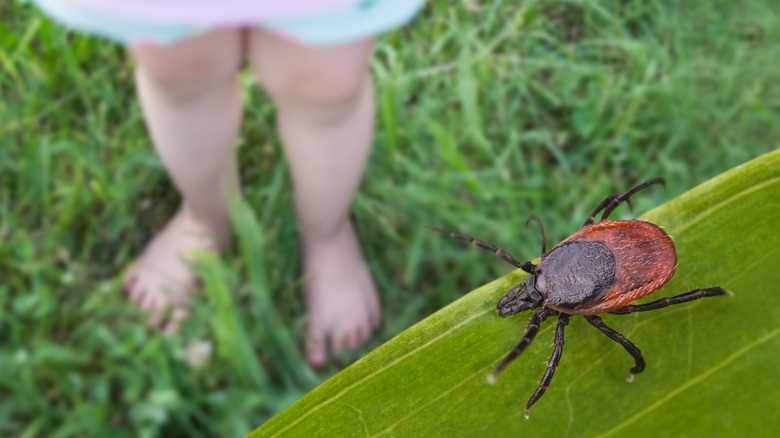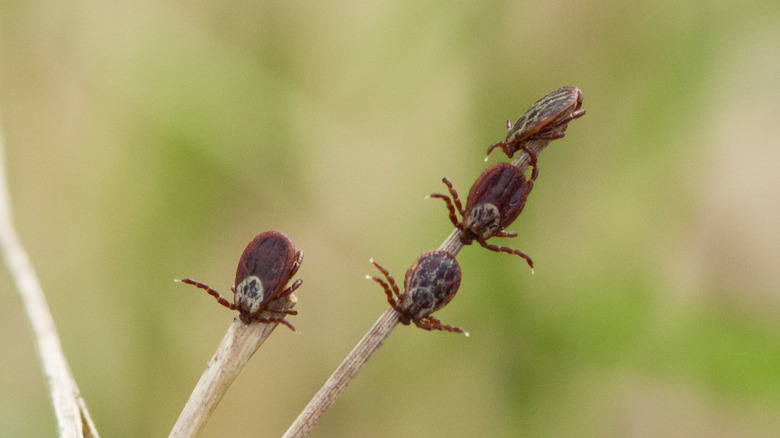Will Cold Winter Days Affect Seasonal Tick Populations?
When the outdoor temperatures become miserably cold, sometimes we console ourselves with the belief that at least there is a benefit to this weather. Ticks are a pest in every state in the US, but in regions that experience particularly frigid winters, there is a common theory that those cold spurts will help reduce the population. Unfortunately, it takes a lot of extended extreme cold to make a dent in their numbers. A few chilly days will not make a difference.
While there are plenty of pests we would love to see eliminated by a cold winter, ticks are at the top of the list. These members of the arachnid family carry a host of diseases — some of these can be deadly for humans and pets, while others can cause lifelong challenges. Lyme disease, Rocky Mountain Spotted Fever, and ehrlichiosis are just a few diseases widely spread by these problematic pests. Since winter isn't going to do the job for you, understanding how prevalent ticks are in your area and what affects their populations will help keep your human and furry family members safe.
How cold temperatures affect ticks
Technically, cold temperatures can affect tick populations, but it takes extreme conditions to make a difference. While ticks become less active when winter weather drops below 35 degrees Fahrenheit and when there is a blanket of snow on the ground, they reemerge when the weather warms up. Sadly, it will take more than a short cold snap to kill them completely.
For the overall tick population to be significantly reduced, winter temperatures need to remain below 10 degrees below zero for several days. This means that even when the nighttime temps drop to that degree, if the daytime highs rise above that frigid number, the tick population will not be eliminated. There are not many places in the US where these cold temperatures can be sustained long enough to make a difference. For most of us in the country, even a frosty arctic blast will not help us with our battle against ticks.
Effective tick control methods
Since we cannot rely on Mother Nature to control ticks, we have to resort to more effective measures. Even when ticks are not active in your region due to cold temperatures, it is beneficial to keep your pets on high-quality flea and tick control to eliminate the possibility of an unexpected bite. Even indoor-only cats should be protected against ticks that hitch a ride inside on clothing or dogs that go both indoors and outdoors. Tick protection is particularly important if you like to explore the great outdoors with your dog or live in a wooded area.
You can also take measures to protect your lawn from ticks and other pests. There is a wide variety of options for treating your yard, ranging from repellants to insecticides to consistent lawn mowing. Some products come in granule form that is used with a spreader to kill a plethora of pests, including ticks. You can also find sprays, tubes, and powders to keep ticks away from your lawn and off your family's skin.


